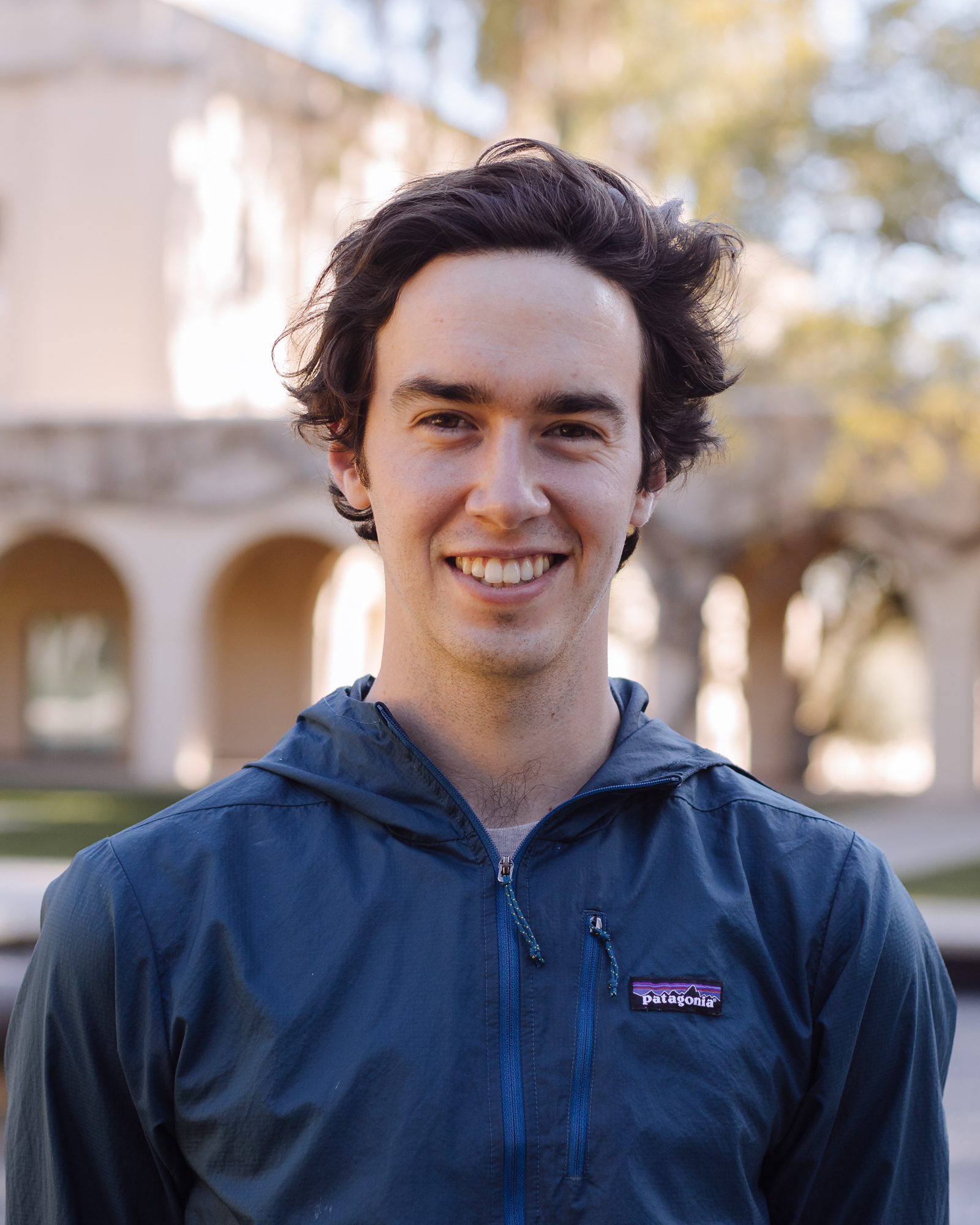
Short biography
Dave is a PhD student at the California Institute of Technology in Pasadena, California, USA. He works with Tapio Schneider and Andrew Thompson on idealized models of the coupled ocean-atmosphere system. He received a B.S. in Atmospheric Sciences and Applied Mathematics from the University of Washington in Seattle, Washington, USA. He is currently visiting the Bjerknes Centre for Climate Research to work with Jakob Dörr and Marius Årthun on sources of low-frequency variability in Arctic and Antarctic sea ice.
Abstract
Changes to the hydrological cycle over the 21st century are predicted to greatly impact ecosystems and socioeconomic activities throughout the world. The net freshwater flux into the surface — the difference between precipitation and evaporation (P-E) — affects the formation of water masses in the ocean, the availability of water over land, and the rate of ocean heat uptake by altering the vertical stratification of the ocean. While it is broadly expected that dry regions will get drier and wet regions will get wetter, the magnitude and spatial structure of these changes remains uncertain. In this talk, I will discuss ongoing work that examines how the pattern of radiative forcing, radiative feedbacks, and ocean heat uptake impacts the pattern of P-E under global warming. I will show how the radiative feedback structure impacts changes to the Hadley Cell strength and the poleward moisture flux under global warming. I will also explore how individual radiative feedbacks shape the response of P-E to global warming. Finally, I will briefly introduce a new conceptual model of the coupled ocean-atmosphere system that can be used to explore how ocean circulation affects the response of the climate system to a broad range of external forcing.
Arranged date for the seminar talk: Oct 10, 2022 at 14:15, BCCR lecture room 4020, Jahnebakken 5
